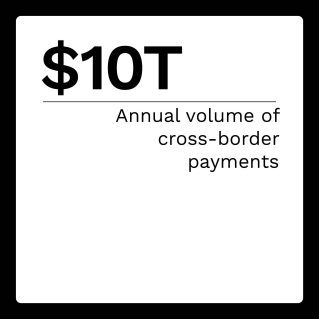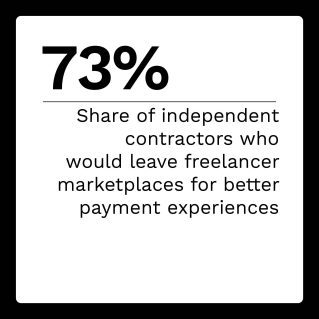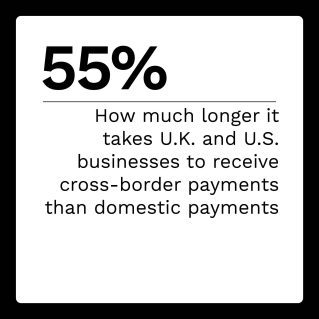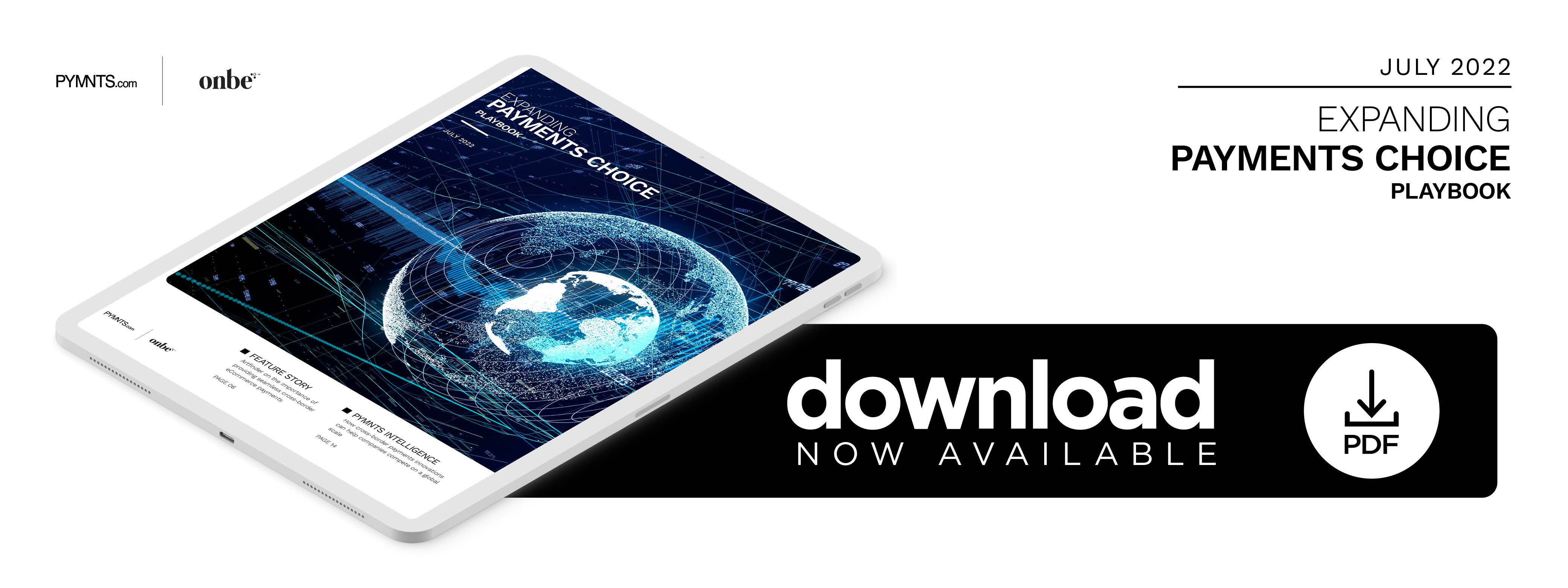How Art Marketplaces Are Building a Trust Framework for Global eCommerce

With no end in sight to eCommerce growth, businesses can look forward to a growing volume of cross-border transactions for the foreseeable future. PYMNTS research indicates that cross-border trading is responsible for $10 trillion of the more than $120 trillion traded between business partners.
However, the growth in cross-border payments is placing tremendous pressure on both companies and financial institutions (FIs) to modernize legacy global cross-border payment systems. Less than one-third of FIs have succeeded in reducing the payments and cash management frictions that clients regularly experience in the global arena.
In the July edition of the “Expanding Payments Choice Playbook,” PYMNTS explores the challenges of cross-border payments for companies and FIs. The Playbook also explores how innovations in cross-border payments are helping global companies more quickly and easily distribute payments and offer payments choice to customers, employees and freelancers, regardless of the countries in which they reside.
Around the Expanding Payments Choice Space
A growing number of workers say they would like to be paid at least partly with cryptocurrency, indicating a shifting preference in how workers and employers view compensation and performance rewards. A recent study showed that more than one-third of employees from various industries want some of their paychecks paid out in crypto, while another 42% said they would prefer to receive bonuses in the form of non-fungible tokens (NFTs).
 Meanwhile, the lack of visibility into real-time cash flow management is a challenge for FIs when paying suppliers, according to a recent PYMNTS report. In fact, 7% said it is one of their most pressing concerns, yet just 26% offer digitized solutions to help increase transparency into cash management processes.
Meanwhile, the lack of visibility into real-time cash flow management is a challenge for FIs when paying suppliers, according to a recent PYMNTS report. In fact, 7% said it is one of their most pressing concerns, yet just 26% offer digitized solutions to help increase transparency into cash management processes.
For more on these stories, visit the Playbook’s News and Trends section.
Artfinder on the Importance of Providing Seamless Cross-Border eCommerce Payments
Cross-border payments technology makes it possible to conduct business between countries in many different languages and currencies. As a result, a company can offer its products and services to areas previously open only to local markets. It takes just one bad experience for customers to lose trust in a merchant, however, and that makes it crucial for cross-border merchants to understand their target markets’ payment preferences.
In this month’s Feature Story, Joshna Rughani, chief operating officer of online art marketplace Artfinder, talks about how businesses must work alongside their financial partners to provide the safest, easiest platforms possible to build the trust of a global audience.
PYMNTS Intelligence: How Cross-Border Payments Innovations Can Help Companies Compete on a Global Scale
Cross-border payments innovation can deliver key benefits in terms of reduced cost, improved cash flow management and better protection against fraud. With 80% of FIs believing that their digital solutions for cross-border clients are “very” or “extremely” effective, FIs can no longer afford to postpone innovation in this area.
In fact, recent PYMNTS research indicates that more than $120 trillion is traded between business partners, and cross-border trading is responsible for $10 trillion of that volume. With no end in sight to eCommerce growth as the pandemic winds down, businesses can anticipate having to support an increasing volume of cross-border transactions for the foreseeable future.
This month’s PYMNTS Intelligence takes a close look at the challenges of cross-border payments. It also explores how cross-border payments innovations and technologies are helping companies facilitate payments for global business partners and customers alike, giving businesses the tools to compete in a growing global marketplace.
About the Tracker
The “Expanding Payments Choice Playbook,” a PYMNTS and Onbe collaboration, examines the challenges of cross-border payments for companies and FIs. It also explores how innovations in cross-border payments are helping global companies more quickly and easily distribute payments and offer payments choice to customers, employees and freelancers, regardless of the countries in which they reside.
